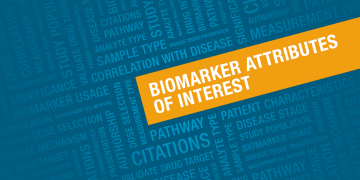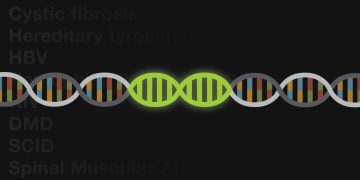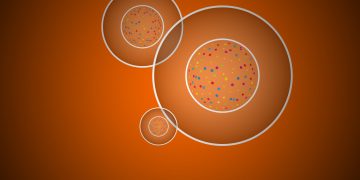
Understanding the Eukaryotic Cell Cycle
The eukaryotic cell cycle is an evolutionarily conserved process that results in the replication of cells. Read this mini review to better understand the eukaryotic cell cycle and get an overview of common molecular techniques used to evaluate proliferating cells.

Modern Improvements to Classic Technologies: Innovating Electrophoresis and Chromatography Upstream of Protein Characterization to Speed Up Research
When testing new drug therapies, it is essential to know the identity of the protein being tested. Chromatography is a commonly used technique to separate complex biological mixtures and isolate proteins of interest prior to downstream characterization. Learn more about how automating chromatography and stain-free technology are helping to save time and effort in protein purification.

What Pharma Is Doing to Triple Clinical Trial Successes
The typical success rate of a clinical trial is less than ten percent. Pharmaceutical companies are using a variety of methods to save time and reduce costs to get drugs to market faster. Biomarker screening is proving to be an effective way to improve the drug discovery and development process. See one of the ways Pharma companies can identify the most relevant biomarkers.

Validating Antibodies — the Good, the Bad, and the Necessary
Despite the fact that antibodies are one of the most frequently used tools in life science and clinical research, there are no universally accepted guidelines to ensure that they have been properly validated. Learn about the issues facing researchers and what antibody suppliers and researchers can do to ensure that the research being carried out is trustworthy and is helping to improve overall data quality.

Rapid, Sensitive Cancer Biomarker Screening in cfDNA
Disease-associated mutations can be prognostic of outcome and inform treatment choices. However, traditional tissue biopsies limit the ability to implement personalized treatments. Read about how multiplex digital PCR can enable the tracking of treatment efficacy using liquid biopsies.

Erasing Disease: How Gene Editing is Changing Genetic Therapies
Gene augmentation and antisense therapies treat disease by providing a functional copy of faulty gene or repressing its expression. Find out how gene editing tools, like CRISPR, promise a more permanent cure.

Assessing Cell Health: Necroptosis
In this fourth and final part of the series on assessing the health of your cells, we review the different stages of necroptosis, see how it differs from apoptosis, and learn about the various methods of assessing cellular necroptosis.

The Fluorescent Way: Why Start Fluorescent Western Blotting Now?
Find out why fluorescent western blotting is gaining in popularity and how it compares to more widely used methods, such as chemiluminescence. From easier multiplexing to brighter fluorophores to easier method development, learn about the many advantages of fluorescent western blotting.

Year in Review: Top Ten Articles of 2016
In 2016, we published a wide variety of general interest articles, customer testimonials, tips, protocols, videos, product highlight articles, and technical and application notes. Here are the ten articles you found the most interesting in 2016.

Introduction to Algae Beads, Photosynthesis, and Cellular Respiration
Introduce students (and teachers) to the concepts of photosynthesis and cellular respiration in the context of how these processes evolved and how they affect our daily lives.
